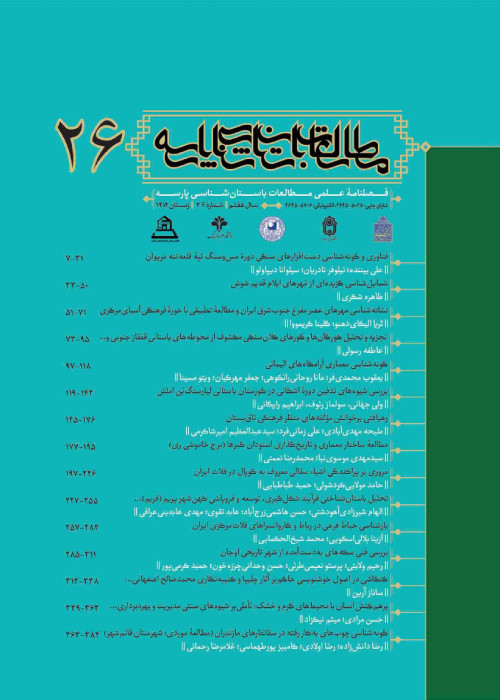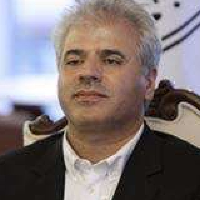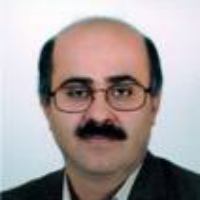Restoring the Spatial Structure of the City of Hamedan in the Qajar Period by Relying on Written Sources, Architectural Works and Archaeological Evidence
Despite the importance, position and high role of the city of Hamadan in the political, economic, social and cultural developments of Iran during the Qajar era, targeted studies that determine the spatial organization and social structure of this city during that period have not been carried out, and there are many questions regarding the nature of the changes in the context. Its history remains unanswered. The current research seeks to answer questions about the transformation and development of the spatial structure of Hamedan city during the Qajar era by relying on written sources, architectural works and archaeological evidence. In order to achieve this goal, while using all the written sources related to this city in the mentioned period, the changes of the urban context and the structural characteristics of its spaces were determined and the factors affecting the growth and development of the city were determined during this period. The result of the research made it clear that due to its ancient background, special geographical location, benefiting from suitable environmental capabilities such as abundant water resources, and also due to its location on the path of important trade-pilgrimage routes in the Qajar period, Hamedan was one of the cities with social and economic importance and status. It has gained merit and accommodates a relatively large population and has attracted the attention of various social groups, especially merchants. Thus, suitable conditions have been created for the construction and discovery of numerous architectural works and monuments with different functions (defense facilities, residential neighborhoods, squares and plazas, markets and caravanserais, mosques, schools, baths, churches, etc.) and the urban space, especially in aspects The south and southeast have developed and expanded significantly.
- حق عضویت دریافتی صرف حمایت از نشریات عضو و نگهداری، تکمیل و توسعه مگیران میشود.
- پرداخت حق اشتراک و دانلود مقالات اجازه بازنشر آن در سایر رسانههای چاپی و دیجیتال را به کاربر نمیدهد.




